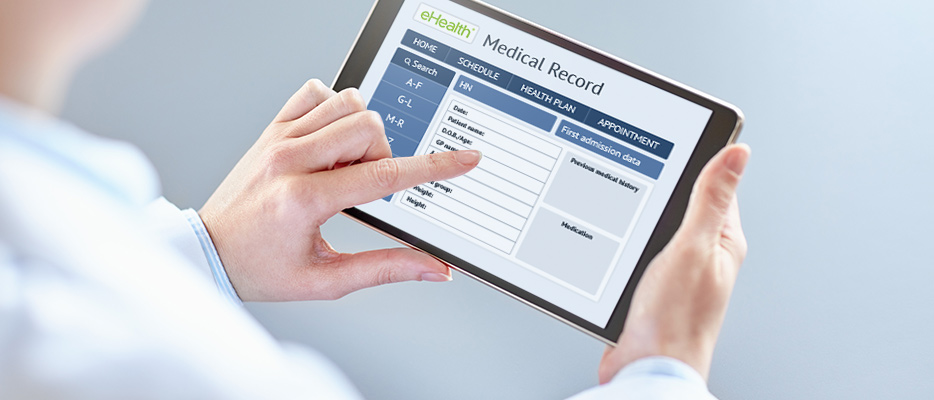Data capture’s impact on electronic health records
Bruce Orcutt
June 20, 2017

The HITECH Act passed in 2009 when health IT adoption was in its nascent stages. Yet, despite claims that healthcare is becoming fully electronic, it’s impossible to completely eliminate paper from patient care. Patients present insurance cards and driver licenses that must be copied, sign forms and provide summaries and referrals from other providers. They also complete health histories and other intake documents.
Causing a significant drag on EHR systems is legacy optical character recognition (OCR) technology that is nearly a decade old. While it is able to automate most data entry by digitally capturing and converting the data into EHRs, it is still error-prone and cannot capture unstructured data from various sources, or evolve to new form types or add form fields easily. Furthermore, the quality issues that affect speed and accuracy are putting the burden on HIM professionals to manually proof, correct and manage process workflows instead of focusing on patient care.
The mandate to handle the increasing complexity of health records
There is now a greater mix of data contained within EHRs such as demographic information, medical chart, x-rays, and records featuring text with embedded images. Whether it’s routine, emergency or preventative care, healthcare visits still require millions of faxed documents to be captured and converted into EHRs every week. The increasing complexity of health records, explanation of benefits and invoices have pushed legacy capture solution to its limits, and exasperated HIM professionals and administrative staff wanting to adopt more outcome-focused models, ensure regulatory compliance and raise patient satisfaction.
Intelligent capture enables more with less
Modern health IT systems have digitally transformed many aspects of the patient cycle, such as automating the patient onboarding process, providing process insight to patient workflows in the emergency room, and using big data and artificial intelligence to identify diagnosis trends. This has freed healthcare providers to focus on patient care without needing to hire additional administrative staff.
The foundation enabling these value-add automation processes in intelligent capture which has proven to reduce labor by at least 50 percent while gaining efficiencies anywhere between 30-70 percent. The faster the ability to accurately capture patient data and deliver it to healthcare providers, the sooner they can increase the likelihood of better outcomes.
Patients naturally have become accustomed to a certain level of digital self-service in their day-to-day lives and expect to be engaged with by their providers similarly. Consider the patient outreach for breast cancer screenings. BreastScreen Victoria automated its client centric communications to patients including the invitation for free exams, the ability to make self-service appointments, confirmation and result letters. With the confirmation letter, patients receive a registration form which is pre-populated with personalized patient data. This delivers a more streamlined process for women in completing the form, and patients can be processed much faster when they arrive for their appointment. Costs relating to paper and postage costs for appointment reminders are eliminated while positive patient engagement is increased.
This level of automation is achieved with intelligent capture. Whether the goal is to streamline onboarding, obtain better accuracy in submitting medical claims and invoices, or meet compliance standards, data capture will continue to have a significant role in EHR forms. Click to learn more.
Subscribe for blog updates
- 10 Ways Process Mining Will Improve Your Business
- What Is Robotic Process Automation (RPA)?
- ETL vs. ELT: What Is the Difference?

